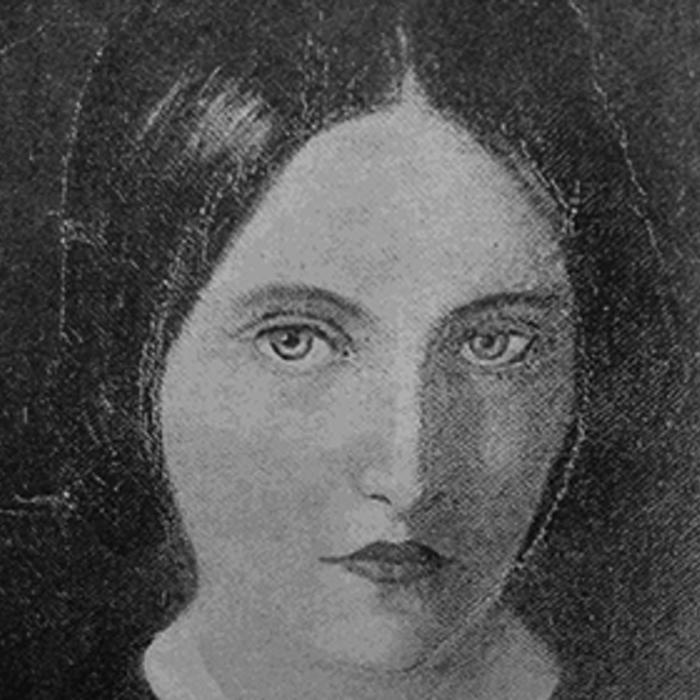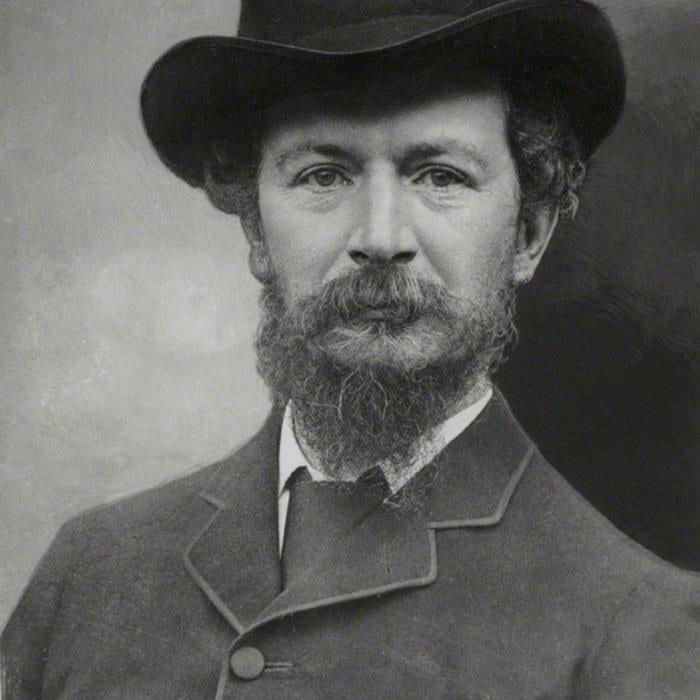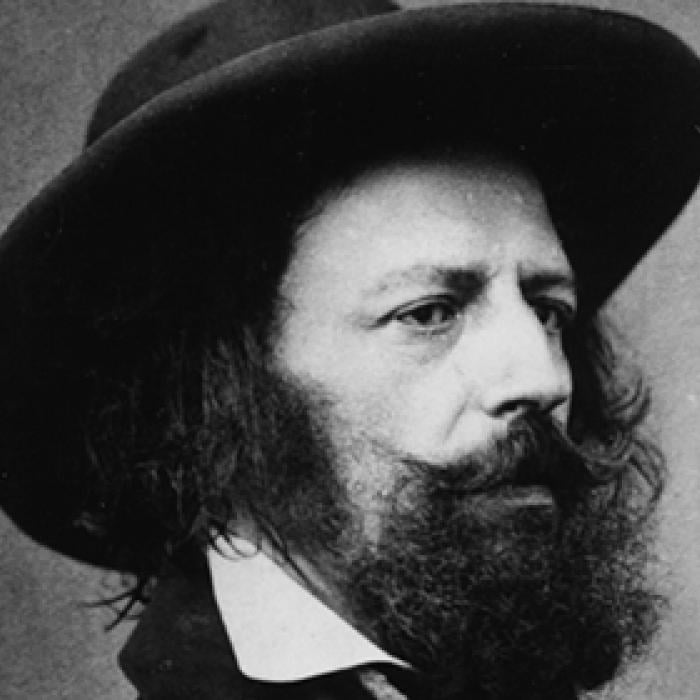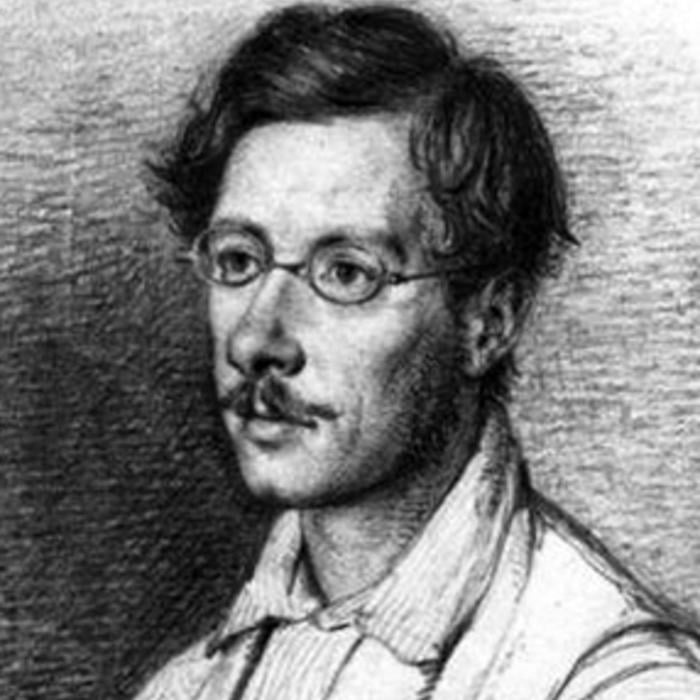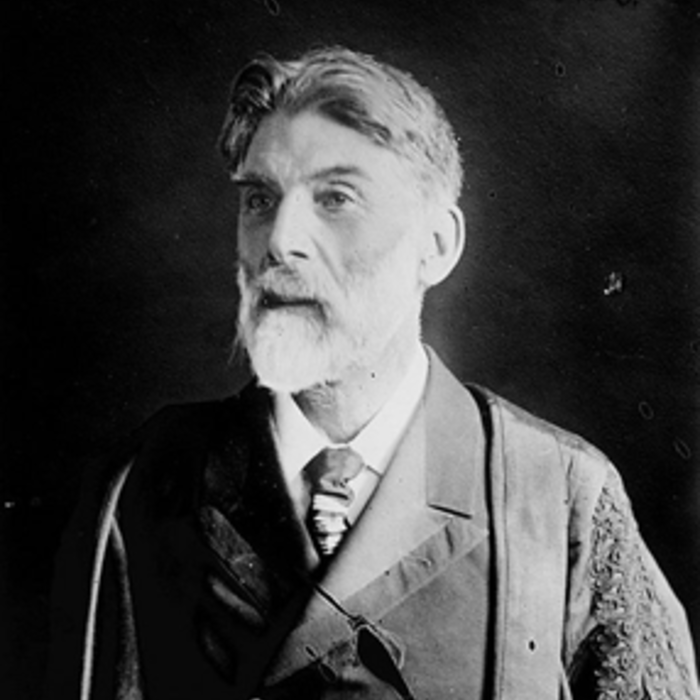Lewis Carroll
Renowned Victorian author Lewis Carroll was born Charles Lutwidge Dodgson on January 27, 1832, in Daresbury, Cheshire, England. The son of a clergyman, Carroll was the third child born to a family of eleven children. From a very early age he entertained himself and his family by performing magic tricks and marionette shows, and by writing poetry for his homemade newspapers. In 1846, he entered Rugby School, and in 1854 he graduated from Christ Church College, Oxford. He was successful in his study of mathematics and writing, and remained at the college after graduation to teach.
Carroll’s mathematical writings include Curiosa Mathematica (Macmillan and Co., 1888); Euclid and His Modern Rivals (Macmillan and Co., 1879); and An Elementary Treatise on Determinants (Macmillan, 1867). While teaching, Carroll was ordained as a deacon; however, he never preached. He also began to pursue photography, often choosing children as the subject of his portraits. One of his favorite models was a young girl named Alice Liddell, the daughter of the Dean at Christ’s Church, who later became the basis for Carroll’s fictional character, Alice. He abandoned both photography and public speaking between 1880 and 1881, and focused on his writing.
Many of Carroll’s philosophies were based on games. His interest in logic came purely from the playful nature of its principle rather than its uses as a tool. He primarily wrote comic fantasies and humorous verse that was often very childlike. Carroll published his novel Alice’s Adventures in Wonderland (Macmillan and Co.) in 1865, followed by Through the Looking Glass (Macmillan and Co., 1872). Alice’s story began as a piece of extemporaneous whimsy meant to entertain three little girls on a boating trip in 1862. Both of these works were considered children’s novels that were satirical in nature and in exemplification of Carroll’s wit. Also famous is Carroll’s poem “Jabberwocky,” in which he created nonsensical words from word combinations.
Carroll died in Guildford, Surrey, on January 14, 1898.

